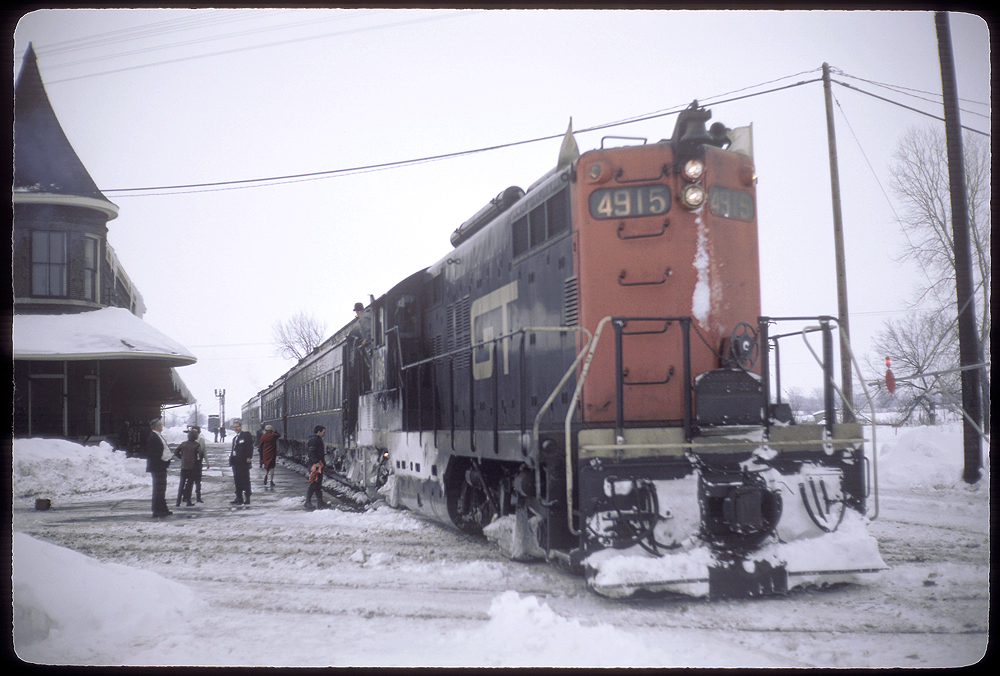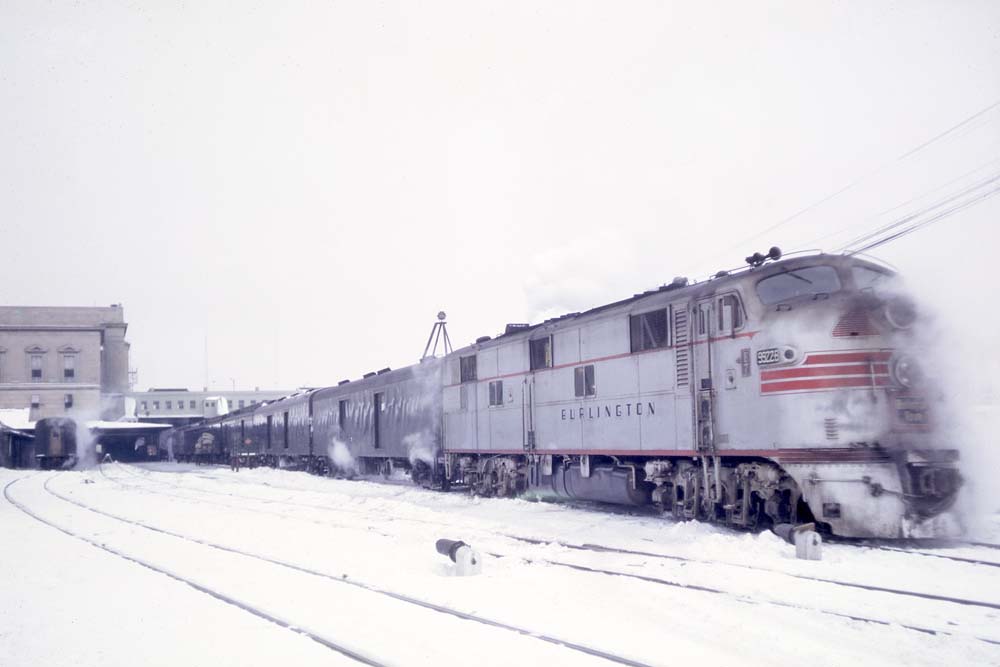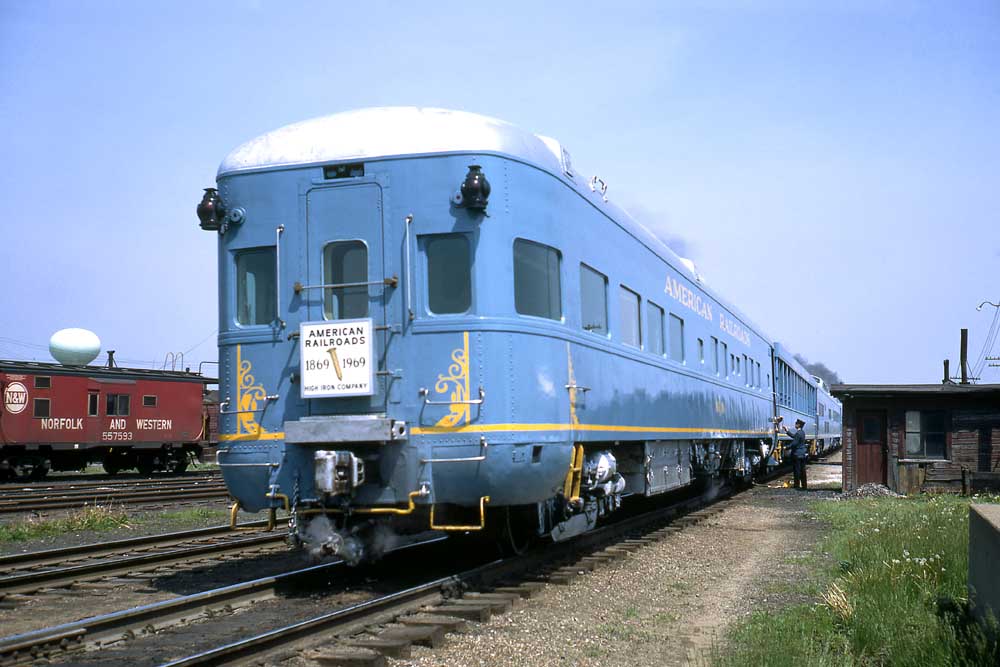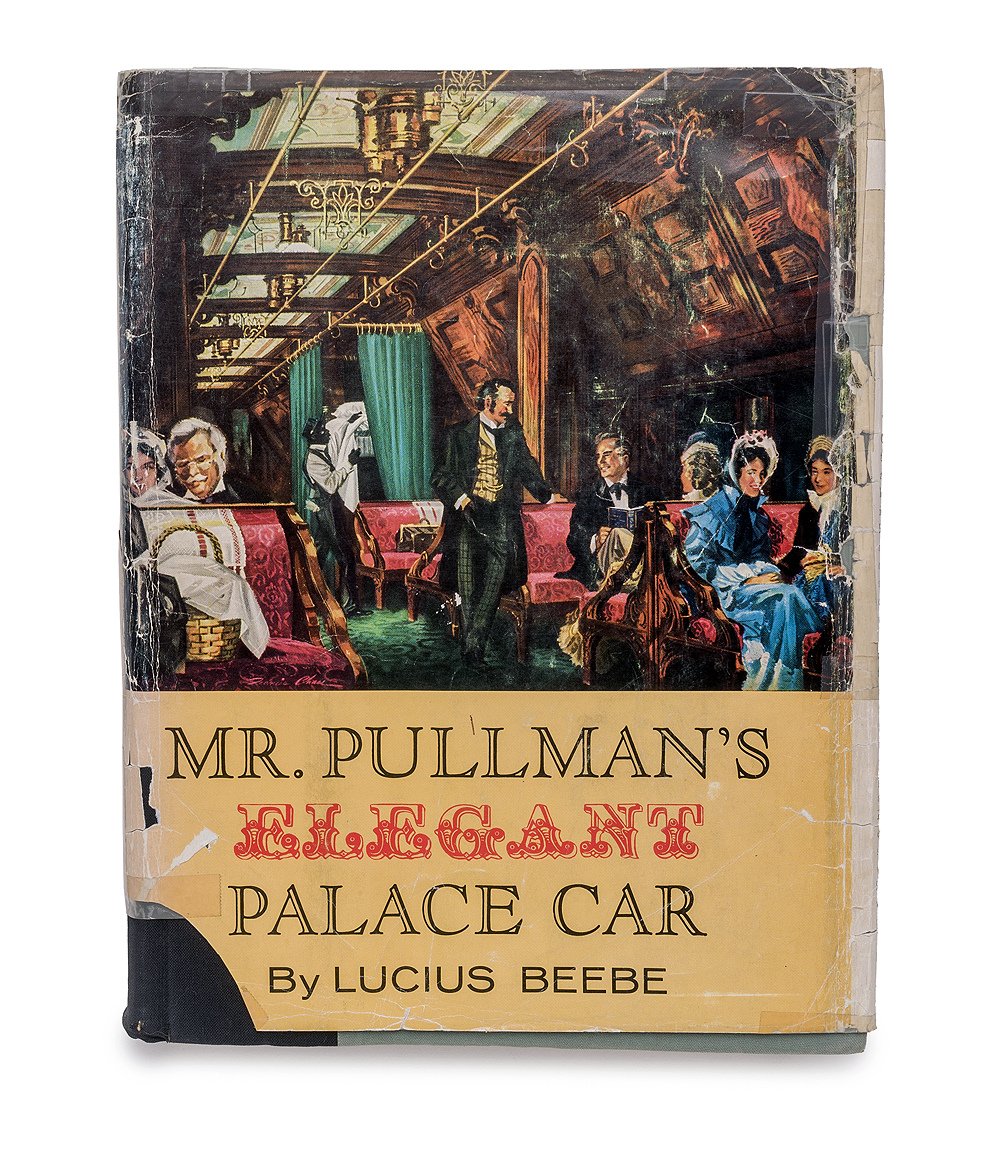I was scheduled to work as the frieman on the “Rocket” (FT-98, Frankfort-Toledo), but the fellow who was firing for my dad, J. A. Payton, had a better idea. “You know, Big Foot” — every railroader has a nickname, and that was Dad’s — “If you mark off, Junior here will be called for 96.” It’s a done deal, just that fast. Dad marks off, and I get the trip instead. But the crew had already been called, for 11:15 a.m., so I call my wife, Margie, and tell her to get some coffee ready. I dash home to get the Thermos and my grip.
“Don’t worry about the engines,” Payton tells me. “I’ll get them ready while you’re getting’ your grip.” Frankly, those diesels are the least of my worries just now. What a way to begin my career as a road engineer, rushing around like a madman, but at least I don’t have much time to worry about it.
This trip will take No. 96 from Frankfort northeast 134 miles to Delphos, Ohio. This is timetable-and-train-order territory with a manual-block overlay. We have a pair of GP9’s, 474 and 468, more than enough power for our train of 42 cars, almost half of which are empties. There’s more good news: Payton, himself a veteran engineer, will be firing because he missed a call for the 7:50 a.m. yard engine and, by NKP’s work agreement, has to make a trip as a fireman before he can go out again as an extra engineer. I therefore have an experienced man by my side the whole way. I have also run on this subdivision as a fireman on several occasions, for engineers customarily turn over the right-hand seat midway on each run. That reduces my heart rate just a little.
When I return to the yard, the Geeps are ready on the pit near the coal dock, and I back them to the eastbound yard office, where I compare my watch to the one held by our conductor, W. R. McIntosh. Charlie Sentz is the head brakeman, Carl Foley the flagman.
We finally depart Frankfort at 12:45 p.m., which means we get 15 minutes “initial terminal time” because the delay was more than an hour and a half. We have form 31 order No. 14, which reads, “No 96 nine six eng 474 meet mo 95 mine five eng 488 at Davies. Both trains occupy block. FKG.” We also have form 19 order No. S-21, which reads, “Reduce speed to 30 three naught mph at Van Buren between milepost 143-13 and MP 143-27. FKG.” Lastly we have a message that tells us to “Fill at Kokomo, West Marion Belt, and Bluffton. You have 23 loads and 19 empties.”
My first chance to show that I know what I’m doing comes quickly. Not far from the eastbound yard, the NKP crosses the Monon, and I have to bring the train to a full stop – right in front of the superintendent’s office. I don’t even glance over to see if he’s watching, but I feel his eyes on me nonetheless. My dad is highly regarded as an engineer, however, so I have the benefit of the doubt, even at this stage of my career.
Our “Clover Leaf” track parallels that of another NKP predecessor, the Lake Erie & Western, past the Frankfort passenger depot and through the downtown before peeling off to the northeast. Then it’s miles and miles of Indiana farms and small towns. Michigantown, Forest, Russiaville (that’s ROOSH-a-ville, thank you), and Shambaugh play no role in today’s proceedings, but I keep an eagle eye out at grade crossings and my hand on the horn cord — nothing like hitting a car to spoil your first trip.
Next up is Kokomo, a city that always played a major role in the Clover Leaf’s fortunes. I stop the train about 3 miles west of the station and set off a car, then pick up two boxcars loaded with transmissions for Chrysler in Toledo. We get the train together again and the brakes pumped off, then head east to the block station, where we spot a read block signal and a red banner.
What looks like a train-order signal is actually a manual-block signal on the old Clover Leaf. The operator hangs a rectangular piece of sheet metal — yellow for 19 orders, red for 31 orders, which the crew must stop and sign for — on a post attached to the signal mast. We have two new orders: No. 17, “No 96 nine six eng 474 meet no 41 four one eng 557 at Kiley. Both trains occupy block. FKG” and No. 18, “No 96 nine six eng 474 meet no 41 eng 557 at Davis instead of Kiley. Meet no 95 eng 488 at Van Buren instead of Davis. All trains occupy block. FKG.”
(Why issue the first order showing a meet at Kiley and then the second order that changes the meeting point? If no one had received the order 17, it could have been annulled. But if No. 41 had already received it, the dispatcher then needed to move our meet with 41, and he wanted to move our meet with 95 as well.)
We head east through the hamlets of Greentown and Sims to Swayzee, where the block signal is yellow. Fireman Payton snags the string in the order hoop and finds a Clearance Form A that tells us we have no new orders but that the block is occupied by yard engine 51 working in Marion yard. We cover most of the 7 miles between Swayzee and Marion at track speed — 45 mph for freights — but I make a light brake-pipe pressure reduction as we approach the curve into Marion in case the yard engine is on the main without a flag, which is permissible within yard limits.
No yard engine is in sight, so we ease ahead to set out two carloads of copper wire and pick up a pair of C&O empties for Toledo. With our air pumped off, we roll ahead toward New York Central’s Third Street Tower, still keeping an eye out for the yard engine. The operator has the interlocking lined for us and shows a yellow block. I grab the string off the hoop and unfold a Form A telling us there are no new orders but the block is occupied by No. 41, which we expected because of the meet order for Davis, the next town east of Marion.
As we round the curve at Davis, with our train ready to stop within 60 car-lengths, we spot engine 557, an Alco RS3, on No. 41 in the siding with its headlight out. I release the air and pull 474’s throttle back to Run 8 as we head to Van Buren for the meet with 95.
I get to hone my train-handling skills again at Van Buren, where we have a yellow block. No. 95 is not yet in the passing track. We get a list for a pick-up at Bluffton and a new Clearance Form A, which says no new orders and block occupied by 95, so we drift on down to the east end of the passing track, where we find 95 heading in behind GP9 488 as we arrive. Its cars rock by, then the caboose. The caboose’s marker lights signify that 95 is officially by us, and we’re off to Warren, where I make a seven-pound air reduction to keep the trains stretched as we head down the hill into town. The block is clear, so I widen out on the throttle to avoid losing too much speed on the climb out of Warren. Then come Buckeye and Liberty Center, where again the block is clear. At Bluffton, per the list, we pick up three cars for Toledo, a load of hay and two loads of wheat.
By this time, I’m feeling pretty good about myself and my first run, and the remaining 50 miles through the Indiana and Ohio countryside to Delphos are uneventful. We mark off at 5:25 p.m., with 6 hours 10 minutes on duty, 134 miles, at the local rate because we picked up or set out cars in at least three places, adding 52 cents to our pay. My first run as a road engineer is over.
Thanks, Dad. And thanks, Mr. Payton, not only for setting up my first pay trip but also for turning down my offer for you to take over the throttle at the halfway point.













